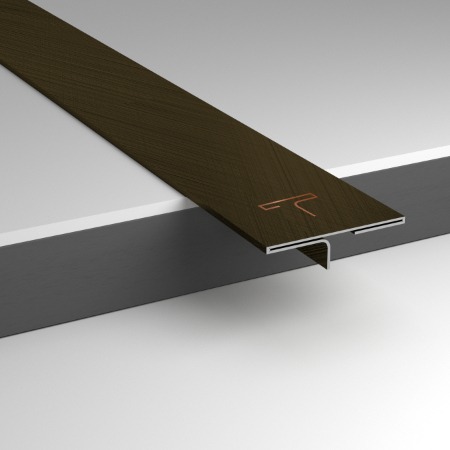In the realm of construction and interior design, T patti profiles and T profiles are essential components for creating durable and aesthetically pleasing structures. This guide delves into the intricacies of T Patti profiles, T profiles, their sizes, and the materials used, particularly focusing on stainless steel variants.
Understanding T Patti Profiles
What are T Patti Profiles?
T Patti profiles, also known as T sections, are T-shaped structural elements used in various applications. They are crucial in providing support, stability, and decorative finishes in construction projects. The versatility of T Patti profiles makes them a popular choice among architects and builders.
Applications of T Patti Profiles
T Patti profiles are widely used in:
- Wall Paneling: Providing a sleek and clean finish to wall edges.
- False Ceilings: Offering support and structure to ceiling panels.
- Furniture Manufacturing: Enhancing the strength and design of furniture.
- Partition Systems: Creating durable and flexible partition walls.
Exploring T Profiles
Definition of T Profiles
T profiles are similar to T patti profile but are often more robust and designed for heavy-duty applications. These profiles are integral in construction projects that require substantial load-bearing capacity and structural integrity.
Uses of T Profiles
T profiles find their use in:
- Structural Framework: Essential in the construction of buildings and bridges.
- Support Beams: Providing support in various types of frameworks.
- Industrial Applications: Used in machinery and equipment for added strength.
T Patti Sizes and Dimensions
Standard Sizes of T Patti
The size of T Patti profiles varies based on the application requirements. Standard dimensions include:
- Width: Ranges from 10mm to 50mm.
- Height: Typically from 10mm to 30mm.
- Thickness: Varies between 1mm to 5mm.
Custom Sizes
Manufacturers often offer custom sizes to meet specific project needs, ensuring the perfect fit for any application.
Materials Used in T Patti and T Profiles
Stainless Steel T Patti and T Profiles
Stainless steel is a preferred material for T Patti and T profiles due to its superior properties:
- Durability: Resistant to corrosion and wear.
- Aesthetic Appeal: Offers a sleek and modern look.
- Strength: Provides excellent structural support.
Variants of Stainless Steel
The most commonly used stainless steel grades in T Patti and T profiles are:
- SS304: Known for its corrosion resistance and versatility.
- SS316: Offers enhanced resistance to corrosion, especially in harsh environments.
Advantages of Using Stainless Steel T Patti and T Profiles
Corrosion Resistance
Stainless steel T Patti and T profiles are highly resistant to rust and corrosion, making them ideal for both indoor and outdoor applications.
Longevity
The durability of stainless steel ensures a long lifespan for T Patti and T profiles, reducing the need for frequent replacements.
Aesthetic Versatility
The sleek and modern appearance of stainless steel complements various design styles, adding a touch of elegance to any project.
Low Maintenance
Stainless steel requires minimal maintenance, retaining its appearance and structural integrity over time with little effort.
Conclusion
T Patti profiles and T profiles are indispensable in construction and design, offering unparalleled support, durability, and aesthetic appeal. The use of stainless steel enhances these qualities, making them a superior choice for various applications. By understanding the specifications, applications, and benefits of these profiles, builders and designers can make informed decisions to ensure the success of their projects.

